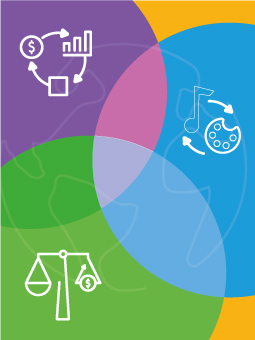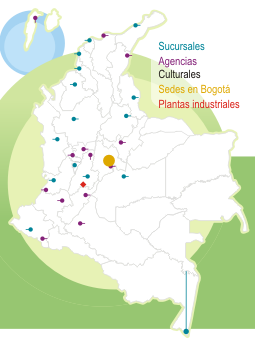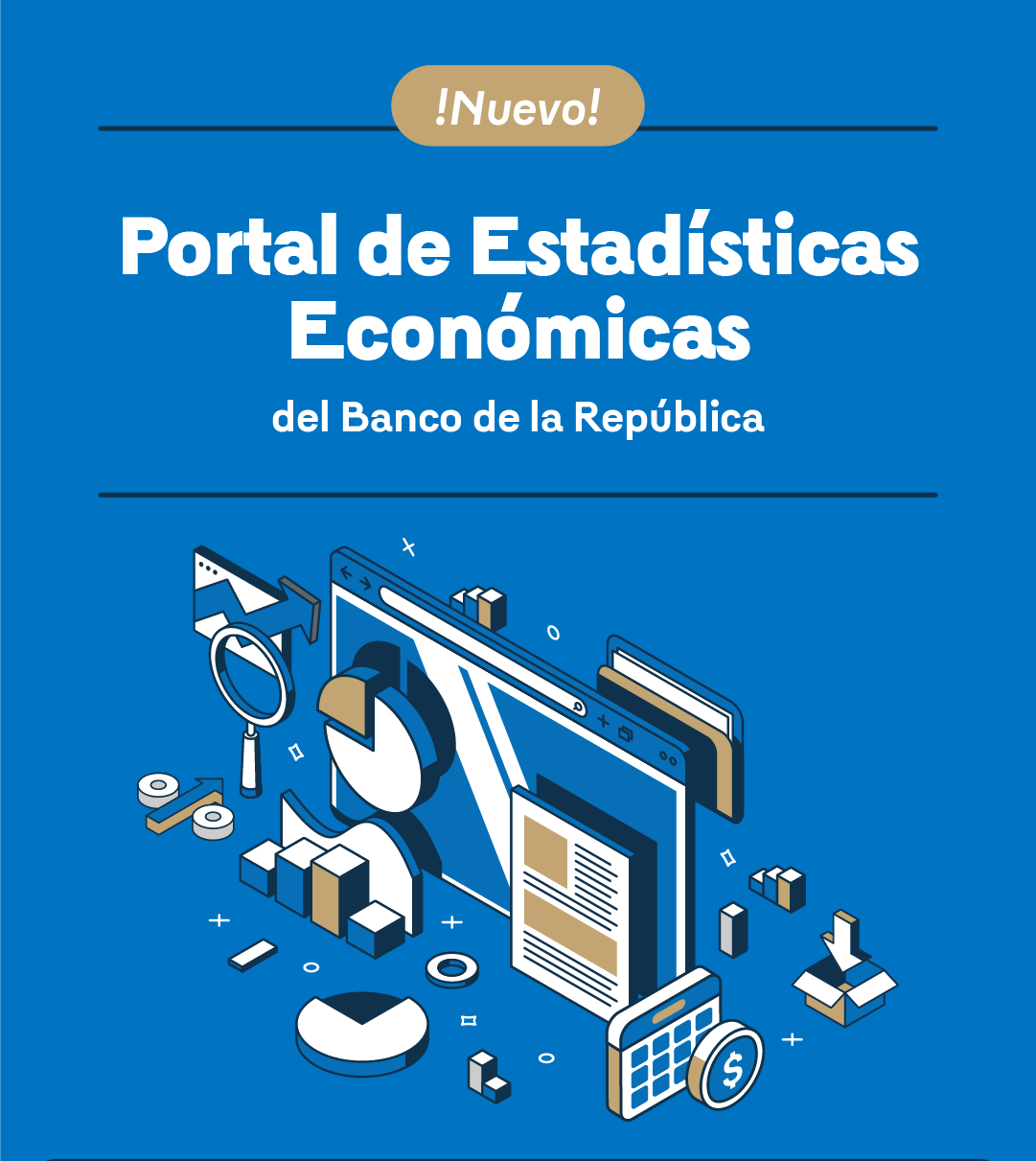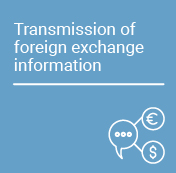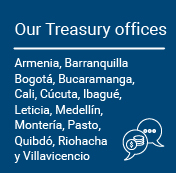Essays on Economic Policy (ESPE in Spanish) - Subnational Fiscal Rules in Colombia: Historical Context and Lessons Learned
In the journal Essays on Economic Policy (ESPE) - we disclose the results and policy proposals that arise from academic research carried out at the Banco de la República. When you read us, always keep in mind that the content of our articles, as well as the analyzes and conclusions derived from them, are the sole responsibility of their authors. The material disclosed in our ESPE magazine does not compromise or represent the opinion of Banco de la República or that of its Board of Directors.
In the journal Ensayos sobre Política Económica - ESPE - we disclose the results and policy proposals that arise from academic research carried out at the Banco de la República. When you read us, always keep in mind that the content of our articles, as well as the analyzes and conclusions derived from them, are the sole responsibility of their authors. The material disclosed in our ESPE magazine does not compromise or represent the opinion of Banco de la República or that of its Board of Directors.
Approach
Fiscal rules, also known as fiscal responsibility norms, refer to restrictive measures of fiscal policy at either the national or subnational level, through which the sustainability of public finances is sought to be guaranteed. These rules can be quantitative (those that set numerical limits for particular fiscal indicators) or qualitative (also known as procedural). For the specific case of subnational governments in Colombia (municipalities and departments), and for the purposes of this document, the following norms implemented between 1997 and 2003 are defined as fiscal rules: Law 358 of 1997, Law 488 of 1998, Law 549 of 1999, Law 550 of 1999, Law 617 of 2000, and Law 819 of 2003. Of these norms, Law 358 and Law 617 are quantitative fiscal rules, where the first establishes limits on short and long-term debt indicators, and the second set limits on operating expenses relative to the non-earmarked current revenues of municipalities and departments. The adoption of these measures arises as a response to the rapid deterioration of the main fiscal indicators of subnational governments, a fact that coincided with the deepening of fiscal decentralization brought by the 1991 Constitution, and materialized especially in larger and growing flows of transfer resources, and therefore greater spending, debt, and deficit. All of this affected not only the fiscal sustainability of subnational governments but also that of the central national government.
This document reviews each of the fiscal discipline norms that apply to municipalities and departments, highlighting their characteristics, limitations, and whether they have fulfilled their objectives. The fiscal relationship between subnational governments and the national government is studied through their natural link, the transfers. On the other hand, by using different methodological approaches, subnational economic cycles are calculated for the period 1990-2018, looking for the role of fiscal rules in the cyclicality of subnational fiscal policy. Similarly, the effects of COVID-19 lockdowns on territorial finances are analyzed, which forced the total, although temporary, suspension of fiscal discipline norms for municipalities and departments. Finally, and after an extensive and careful review of international experiences regarding the implementation and functioning of fiscal rules, the main lessons and best practices that could be considered in a future modernization of subnational fiscal rules in the country are identified.
Contribution
This document addresses previously unknown aspects regarding the characteristics and implications of territorial fiscal rules in Colombia. Evidence provides the mechanism through which different levels of government interact in fiscal terms. The territorial economic cycles are computed as well as how their changes correspond with the implementation period of subnational fiscal rules. Also, the effects of lockdowns during the pandemic are shown, which gave rise to the temporary interruption of measures that limit operating expenses and debt. Finally, the functioning of fiscal rules is studied in a set of diverse countries, highlighting the advantages derived from modern and well-designed rules that take into account the changing conditions of the economy.
“Compliance with the subnational fiscal rules has been associated with improvements in fiscal health,reductions in the procyclicality of their revenues and expenditures, and the strengthening of the relationship between departments, municipalities, and the national government through transfers”.
Results
This document found that compliance with the subnational fiscal rules has been associated with improvements in fiscal health,reductions in the procyclicality of their revenues and expenditures, and the strengthening of the relationship between departments, municipalities, and the national government through transfers. In particular, the following results stand out. The first is that the implementation period of fiscal discipline measures in Colombia coincides with the recovery of fiscal sustainability of municipalities and departments, which has been maintained over time. The second is related to the importance of transfers as a link between the national and subnational governments, and how fiscal rules have been a key element in strengthening this relationship, especially for municipalities. The third is that the fiscal discipline measures of subnational governments, established between 1997 and 2003, coincided with a lower procyclicality of the fiscal policy of departments. A fourth result is related to the deterioration of municipal and departmental finances as a result of the lockdowns during the COVID-19 pandemic, especially in the tax revenue components. Finally, at least three tools were found that have contributed in several countries to the strengthening of subnational fiscal rules in their role of maintaining subnational fiscal sustainability: (i) The implementation of escape valves; (ii) the incorporation of adjustment mechanisms to the economic cycle; and (iii) intergovernmental fiscal coordination. Among the preconditions for these adjustments to achieve their objective, institutional strengthening and the technical capacity of territorial governments were identified as the main drivers.






